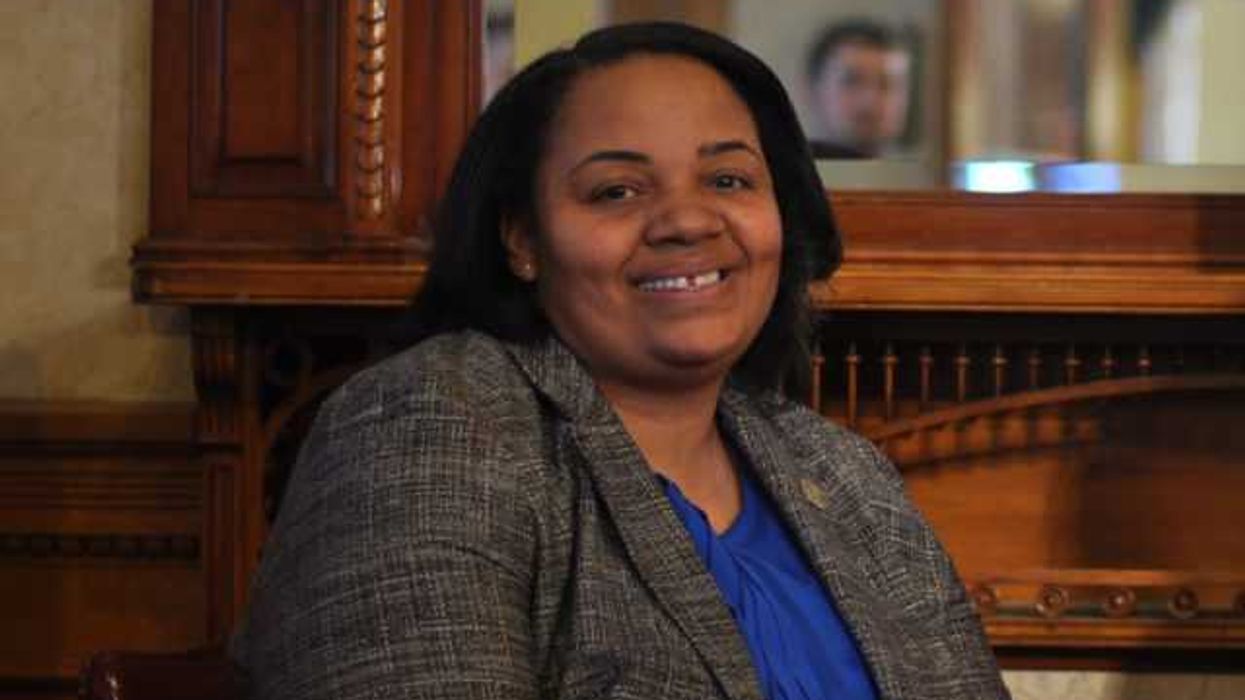Newman is an associate professor of English at the University of Indianapolis and a public voices fellow of The OpEd Project.
It’s important to recognize the significant progress women have made toward greater equity across all sectors of American society in recent decades, particularly during the 42nd annual Women’s History Month.
Yet in academia — where the goal is to move beyond gender stereotypes, receive equal pay for equal work and engender equity in treatment by students — there still is far to go.
A new study from Nature Medicine shows that women in academia have been adversely affected by the Covid-19 pandemic, falling behind in research publications and grant funding due in part to the additional burden of caregiving responsibilities in the home. As a result, some women are declining leadership opportunities or considering leaving academic research altogether.
Significantly, those identifying as women have much higher education rates than in generations past. Today women outnumber men on American college campuses, comprising nearly 60 percent of students. This is the largest male-female gender gap in the history of higher education — with women earning more bachelor’s degrees than men every year since the mid-1980s.
But the picture is more nuanced for women in the academic workforce. A 2020 report from the American Association of University Professors shows that women comprise 43 percent of full-time tenured or tenure-track faculty and 54 percent of full-time, non-tenure track professors. Among people working toward tenure, women account for 50 percent of assistant professors and 45 percent of associate professors, but only 33 percent of full professor s. According to that study, women faculty only earn 82 percent of what their male counterparts do.
The data on women in academic administration are similarly uneven. Although more than 50 percent of department heads are women, they comprise only 30 percent of college presidents. Of that share, in 2017, only 5 percent were racial or ethnic minority women.
At elite academic institutions, women represent only 22 percent of presidents. Adjunct instructors and women of color fare even worse in academia; the Chronicle of Higher Education reports that only 2.1 percent of tenured associate and full professors are Black women.
Even eminently qualified Black women face an uphill battle in academia. The Pulitzer Prize-winning author and creator of the “1619 Project,” Nikole Hannah-Jones, was initially denied tenure at the University of North Carolina. UNC’s walkback on its tenure denial was too little, too late; Hannah-Jones moved on to a fully tenured position at Howard University and recently received the Social Justice Impact Award at the 53rd NCAAP Image Awards.
To be sure, many women — myself included — have benefitted immensely from the doors that have been opened and the doors we opened for ourselves at universities. But sadly, one of the greatest negative biases that continues to exist for women faculty in higher education is not from the expected gatekeepers, but from students.
I have often witnessed and experienced students addressing their male professors with the titles “professor” and “doctor,” but their professors identifying as female by Ms. or Mrs., or even first name.
The end of the semester is always challenging for female faculty; course evaluations continue to indicate students’ negative bias towards women. PLOS One cites experimental research showing that gender bias accounts for up to a 0.5-point negative effect for women on a five-point scale. And yet, it says, “there are few effective evidence-based tools for mitigating these biases.”
In a study of online courses where students never had face-to-face interactions with their instructors — and even when the supposed male and female instructors were actually one and the same — females received lower ratings than males.
Studies suggest that female students also harbor implicit bias against female instructors on end-of-semester evaluations. In one study, 100 percent of male teaching assistants received positive evaluations from female students, whereas only 88 percent of female TAs received positive evaluations from female students.
The crowdsourced website RateMyProfessors, where students post anonymous, public ratings of faculty, harbors similar negative bias toward female faculty. A 2016 study published in PLOS One reported that students’ use of the words “brilliant” and “genius” to describe their professors was more common in fields with less female and African American representation. The tool that the study’s authors used to analyze the 14 million reviews shows that positive words are more likely to come up in reviews of men than women.
A few solutions are possible.
In first-year courses, where I experience the greatest pushback from students around my work and credibility, I offer an early-in-the semester assignment about what professors do. I require students to do brief research on each of their new instructors, listing their academic credentials, professional interests and expertise, and how they prefer to be addressed. The students who might benefit most from this get-to-know-your-instructors assignment are frequently the ones who skip completing it.
Ultimately, academia needs to encourage students, colleagues and administrators in the academic institutional culture to move beyond gender stereotypes, recognize women’s rank and authority at the university, and mitigate gender-biased behavior toward them.
If diligently making those efforts, those participating would earn far more than a passing grade. They would create a fair and equitable learning environment for everyone.



















